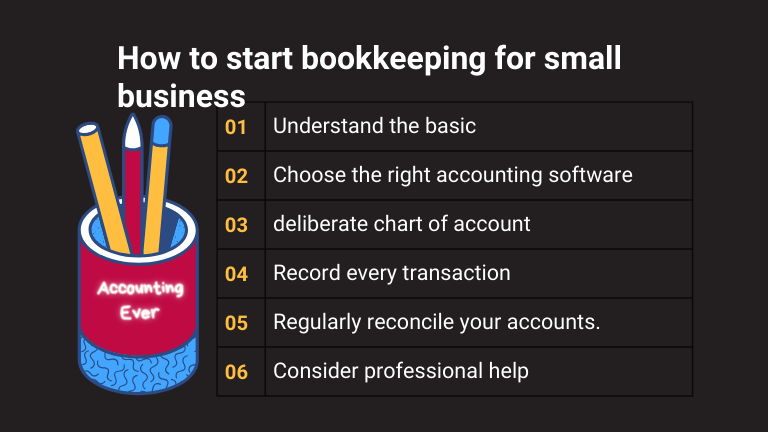Case Study: Simplifying Inventory Adjustments with Journal Entries for a Furniture Store
Scenario Overview:
Sandie Gorst, a bookkeeper for a local furniture store, has the task of adjusting the store’s inventory weekly. She receives an updated balance of the store’s inventory asset from her client and must create a journal entry (JE) to account for the change. However, she struggles with determining the correct debit or credit to use in her journal entries, specifically when adjusting the Inventory and Cost of Goods Sold (COGS) accounts.
Her predecessor advised her to run a balance sheet, compare the provided inventory figures, and create the necessary JE. But Sandie remains unsure whether to credit or debit, especially when the new inventory balance differs from the previous week’s.
Step 1: Understanding the Accounting Logic
The key lies in understanding how the Inventory (an asset account) and COGS (an expense account) interact:
Inventory (Asset Account):
Increases with a debit (e.g., when new stock is purchased or when inventory grows).
Decreases with a credit (e.g., when goods are sold or removed from stock).
COGS (Expense Account):
Increases with a debit (reflecting the cost of inventory that has been sold).
Decreases with a credit (typically when reversing an expense).
Rule for Inventory Adjustments:
If inventory increases (i.e., more goods available than sold):
Debit Inventory (to record the increased stock).
Credit COGS (to adjust for unsold inventory).
If inventory decreases (i.e., more goods sold than available):
Debit COGS (to reflect the sale or reduction in stock).
Credit Inventory (to reduce the asset).
Step 2: Applying UK IAS/IFRS Standards
According to International Accounting Standards (IAS) 2 – Inventories, companies must account for inventory at the lower of cost or net realizable value. Under IAS 2, adjustments must be made when there’s a change in inventory levels, as this directly impacts financial statements, particularly the statement of financial position (balance sheet) and the statement of profit or loss (income statement).
IAS 2 specifies that inventories should be measured at cost, which includes all costs of purchase, conversion, and other costs necessary to bring the inventories to their present location and condition. If inventories increase, the adjustment is recorded as an asset increase (debit to Inventory), and if they decrease, it results in a credit to Inventory and a debit to COGS.
Step 3: Applying USA GAAP Standards
Under USA GAAP, inventory is typically accounted for using one of the recognized methods such as FIFO (First In, First Out) or LIFO (Last In, First Out). Similar to IFRS, inventory is considered an asset and is reflected on the balance sheet, while COGS is recorded as an expense on the income statement.
In GAAP, the adjustments to inventory and COGS follow the same principle:
Inventory increases are recorded by debiting the Inventory account and crediting COGS.
Inventory decreases are recorded by debiting COGS and crediting Inventory.
One key difference in GAAP is the LIFO method, which affects the calculation of inventory costs, but the underlying journal entry logic remains the same.
Step 4: Practical Implementation in QuickBooks
Sandie’s company uses QuickBooks Online, which allows for manual adjustments if inventory isn’t automatically tracked. However, when the client provides updated inventory balances, Sandie needs to calculate the difference and create a journal entry based on the change.
To streamline this process in the future, Sandie can set up recurring journal entries in QuickBooks. By using a standard JE template, she only needs to adjust the figures for the updated inventory amount, while the debit/credit structure remains constant.
Example: Journal Entry for Inventory Adjustment
Assume the inventory balance last week was $8,000, and the new balance provided by the client is $10,000. Here’s how Sandie would create the JE:
Inventory has increased by $2,000, meaning more stock has been added.
The journal entry would be:
Debit Inventory $2,000
Credit COGS $2,000
This entry reflects an increase in assets (inventory) and a corresponding decrease in expenses (COGS).
Conclusion: Efficient Inventory Management
By following the rules under UK IAS/IFRS and USA GAAP, Sandie can now confidently handle inventory adjustments. Whether increasing or decreasing inventory, understanding the debit and credit relationships between Inventory and COGS ensures accurate financial reporting. With the additional automation in QuickBooks, Sandie can also set up recurring JEs, making the process smoother for future updates.
References:
IAS 2 (Inventories) – International Accounting Standards Board (IASB), UK
Link to IFRS Foundation
GAAP Inventory Accounting – Financial Accounting Standards Board (FASB), USA
Link to FASB
QuickBooks Online – Inventory Adjustments and Journal Entries Guide
Link to QuickBooks



